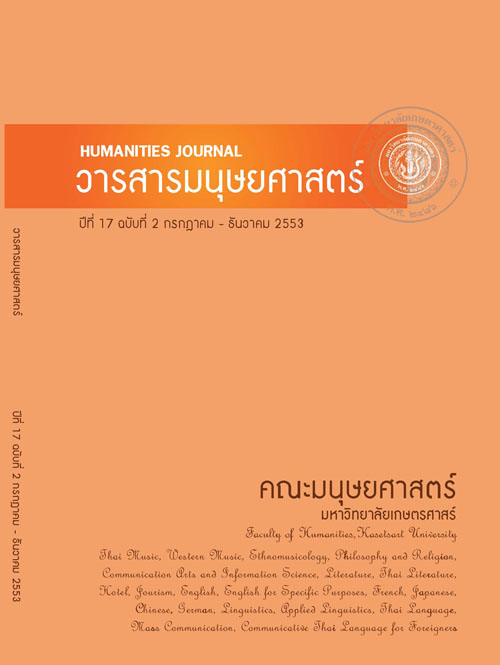Challenging Works and Disalignment in the Historical Courtroom: A Case of the Salem Witchcraft Trials
Main Article Content
Abstract
This paper aims to investigate the processes of stancetaking in the historical courtroom. Approaching historical courtroom discourse from an interactional and intersubjective perspective, the paper focuses on the linguistic resources to which the defendants resorted when expressing disagreement with the examiners, thereby challenging the authority and assumptions of the court. Drawing upon the transcripts of the Salem Witchcraft trials (1692), the analysis reveals that the defendants used a wide range of devices, such as discourse markers, rhetorical questions, irrealis modality, or even silence, in positioning themselves (subjective uses) and calibrating alignment vis-à-vis their examiners who held a different position and point of view (intersubjective uses). The paper argues specifically that while the negotiation of stances and calibration of alignment in the historical courtroom were joint processes carried out by the defendant and the examiner, these participants came with pre-determined and specific stances in mind. In this way, the paper contributes to and enhances our understanding of the interactional and intersubjective aspects of the Salem witchcraft trials and of courtroom discourse in general.


